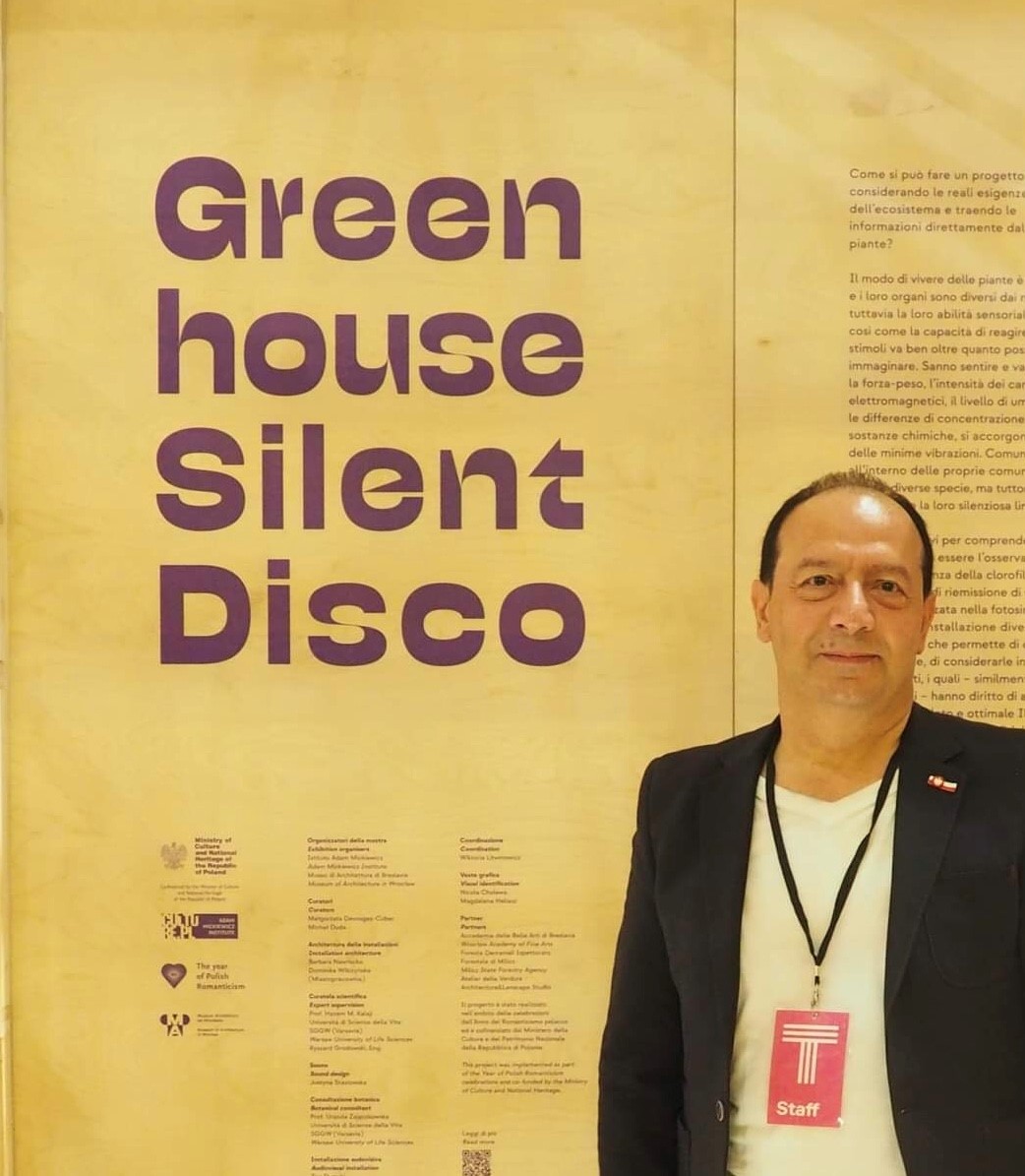The Polish stand at the Milan Triennial was inspired by the research of the SGGW scientist

The Greenhouse silent disco installation at the Triennial is inspired by the research of Professor Hazem Kalaji from the Institute of Biology, Warsaw University of Life Sciences.
During the 23rd edition of the Decorative Arts and Modern Architecture exhibition, the installation will be presented by the Adam Mickiewicz Institute and the Museum of Architecture in Wrocław. It will be presented from 15 July to 11 December, on Viale Alemagna 6, Milan. The Milan Triennial is one of the most important international design and architecture events. This year, the main theme is: “Unknown Unknowns. An Introduction to Mysteries ”. It addresses the theme of the unknown, asking questions about the mysteries of the known world, and opening up a discussion concerning the issue of what we do not know that we don’t know.
The Greenhouse Silent Disco exhibition ties in with the Triennale’s theme by referencing the Romantic concept of experiencing nature both sensually and bodily, and empathizing with it. The project was inspired by the research of renowned plant physiologist Professor Hazem Kalaji of the Agriculture and Biology Department at Warsaw University of Life Sciences, who has devised a method of monitoring the condition of individual plants and entire ecosystems.
The installation, designed by Barbara Nawrocka and Dominika Wilczyńska, takes the form of a plant-filled greenhouse that enables direct contact between people and plants.
It is equipped with digital sensors hooked up to computer systems that monitor and record everything that plants ‘say’, i.e., how they react to specific needs and variables, such as somebody’s presence, or changes in external atmospheric conditions. The ‘language’ of plants will be expressed via LEDs changing colors, and sounds transformed by the computer.
The greenhouse of the future is disco, where LEDs change from blue to red and white according to the plants’ needs: for instance, when it’s cloudy or rainy outside the greenhouse, says Professor Kalaji.
The idea to revive a Romantic approach to nature fits the current Year of Polish Romanticism.